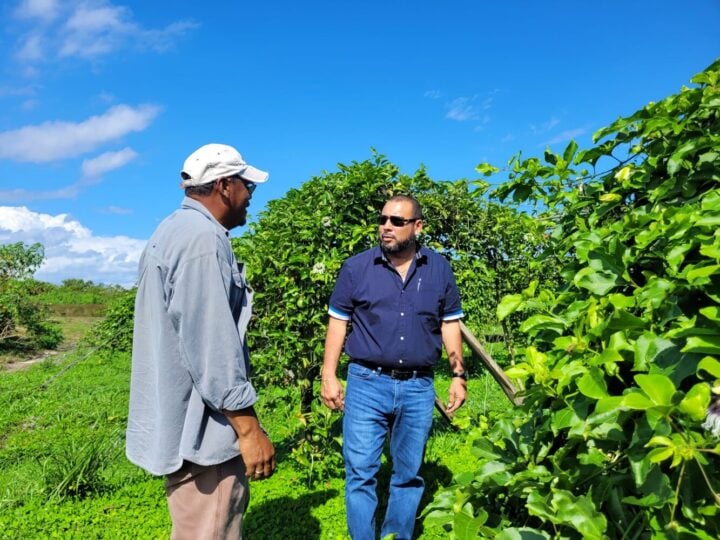AGRICULTURE IN BELIZE
Agriculture is a key sector in Belize’s economy, employing a significant portion of the population and contributing to both domestic food security and export revenue. The country’s fertile land, tropical climate, and diverse ecosystems support the cultivation of crops and rearing of livestock.
1. Major Crops
Belize produces a variety of crops for both domestic consumption and export.
Export-Oriented Crops
- Sugarcane – One of the top export crops; grown mainly in the north (Corozal and Orange Walk districts).
- Bananas – Grown in the south (especially Stann Creek); exported mostly to Europe.
- Citrus fruits – Oranges and grapefruits are processed into juice and exported.
- Red kidney beans – Grown in western Belize; an important cash crop.
- Cacao – Increasingly important for fine chocolate production and export.
- Corn (Maize) – Both yellow and white corn are grown for food and feed.
Food Crops for Local Use
- Rice
- Vegetables (tomatoes, onions, cabbage, carrots)
- Root crops (cassava, sweet potatoes, yams)
- Fruits (plantains, papayas, pineapples, mangoes, soursop)
2. Livestock Farming
Belize also has a strong livestock sector:
- Cattle – Beef and dairy production, especially in Cayo and Orange Walk.
- Poultry – Chickens for meat and eggs; major source of local protein.
- Pigs – Raised for pork products.
- Goats and sheep – Limited but growing, especially in Mennonite communities.
3. Other Agricultural Activities
- Beekeeping – Honey is a growing niche product in rural areas.
- Aquaculture – Mainly shrimp and tilapia farming along the coast.
- Forestry products – Including timber (mahogany, pine), and chicle (natural gum).
4. Key Agricultural Regions
| Region | Major Products |
|---|---|
| Corozal/Orange Walk | Sugarcane, corn, beans, livestock |
| Cayo District | Citrus, cattle, vegetables, grains |
| Stann Creek | Bananas, citrus, cacao |
| Toledo | Cacao, rice, root crops, traditional farming |
5. Agricultural Practices
- Traditional farming: Still common in rural areas.
- Mennonite farmers: Highly productive and mechanized.
- Shifting cultivation: Used in parts of Toledo by Maya communities.
- Sustainable farming: Growing focus on organic and eco-friendly practices.
6. Challenges
- Climate change (droughts, hurricanes)
- Market access and export limitations
- Infrastructure issues (especially in rural zones)
- Pest and disease outbreaks
- Price fluctuations in global markets
7. Government & Support Programs
- Ministry of Agriculture, Food Security & Enterprise (MAFSE) oversees the sector.
- Support for:
- Crop diversification
- Youth in agriculture
- Export promotion
- Climate-resilient farming practices


